Khuty Dre Vank (Monastery) of Tumi
Location
The monastery is located 3 km west of Tumi village of Hadrut region of the Artsakh Republic, not far from Katnaghbyur spring (Mkrtchyan 1985, 101). Shahen Mkrtchyan gives a very brief description of the monastery in his book dedicated to the monuments of Nagorno Karabakh and published in Armenian in 1985. The author refers to the architecture and composition of the monastery in more detail in the book dedicated to the monuments of Nagorno Karabakh published in Russian in 1988.
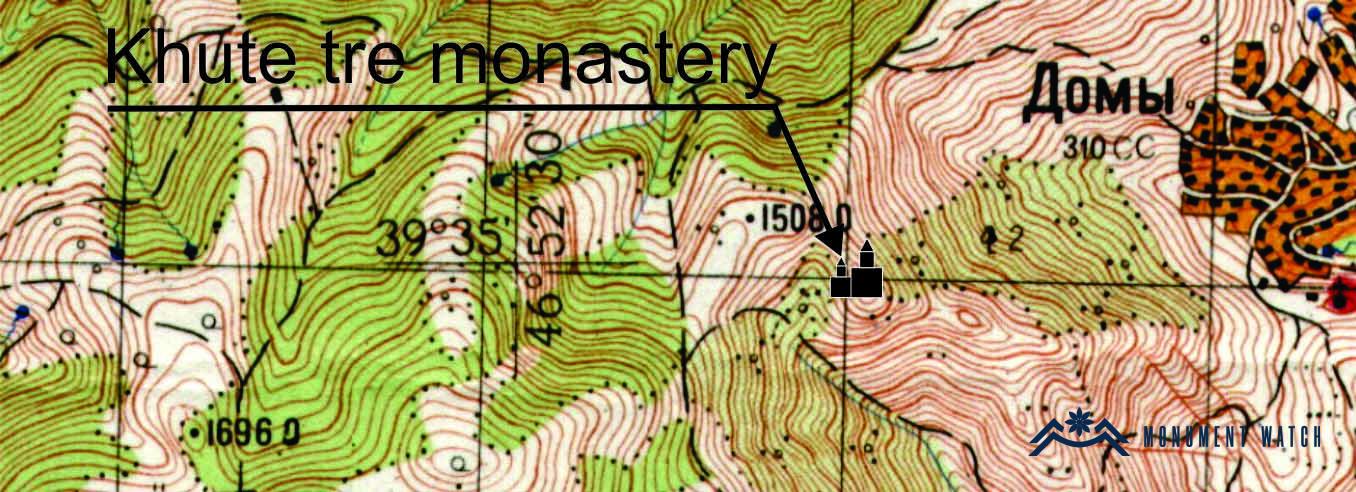
Historical overview
There is no historical information about the monastery, the name of the monastery Khuty Dre (seven-door?) is a result of a dialect pronunciation.
Architectural-compositional description
The monastery is half-destroyed and an idea of the general architectural image can be formed only on the basis of the on-site measurements.
The complex consists of two asymmetrical, single-nave churches with a horseshow-shaped altar located along the corridor stretching to the west-east, and a three-vaulted entrance hall with a pair of cylindrical columns extending to the west of the churches (Fig. 1).
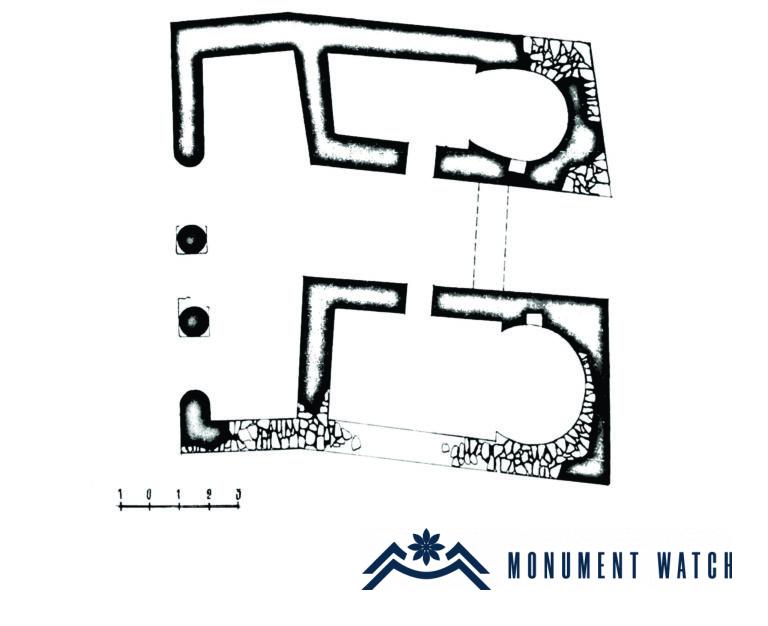
Fig. 1 The plan of the church, Мкртчян Ш., Историко-архитектурные памятники Нагорного Карабаха, 1988, p. 86.
The two churches are quite similar, differing only in size, as in the location of the entrances. The dimensions of the first church are 8.5X4 m, the only entrance is in the north (Fig. 2). The church lacks any windows. The only entrance to the small second church is from the south, in front of the entrance to the large church (Fig. 3). This church lacks any windows (Мкртчян 1988, 86-87). The corridor between the churches measures 6,0X3,7 m and presents the continuation of the hall with a three-arched entrance (Fig. 4).
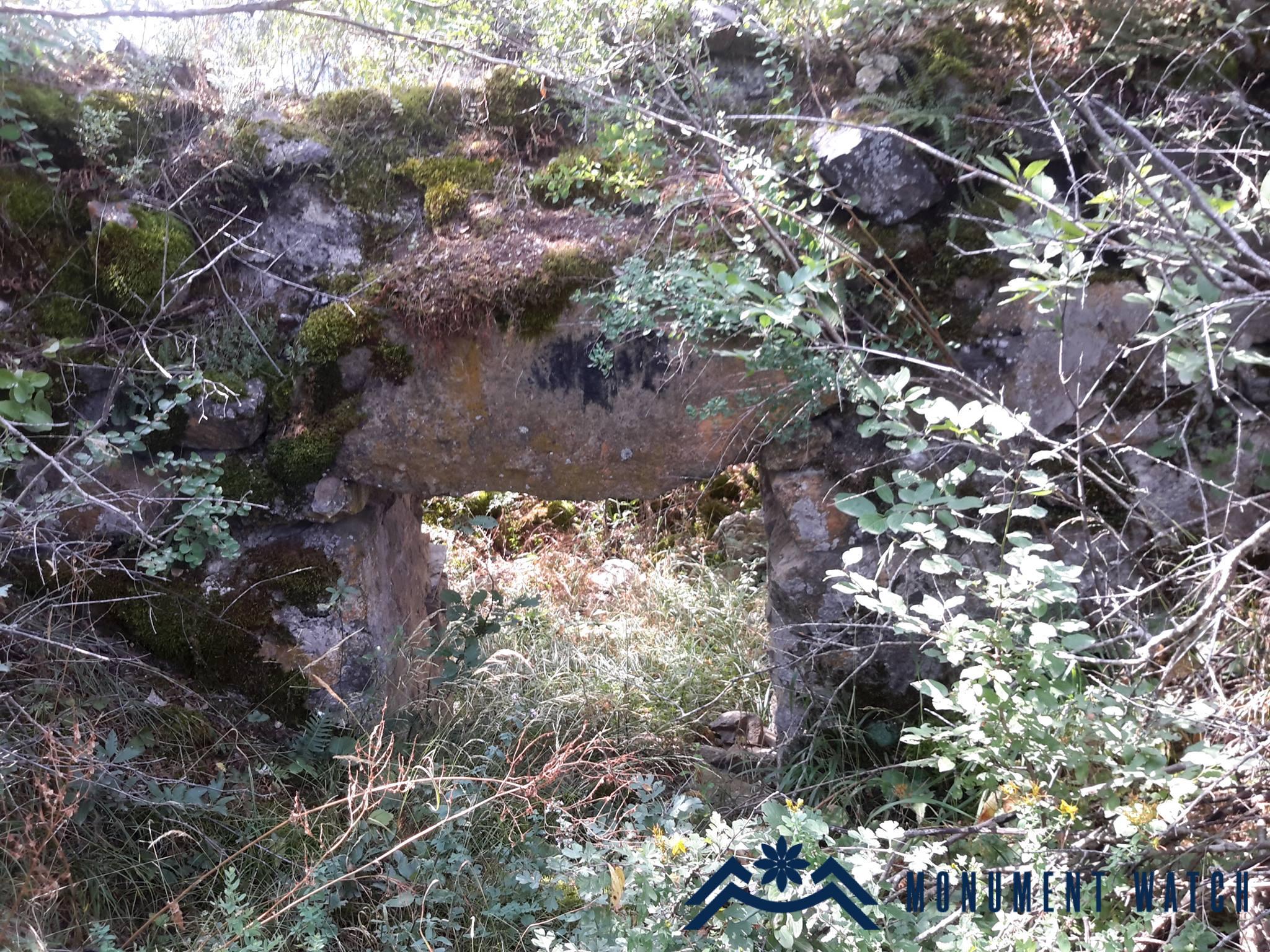
Fig. 3 The entrance of the second church, photo by G. Budaghyan.
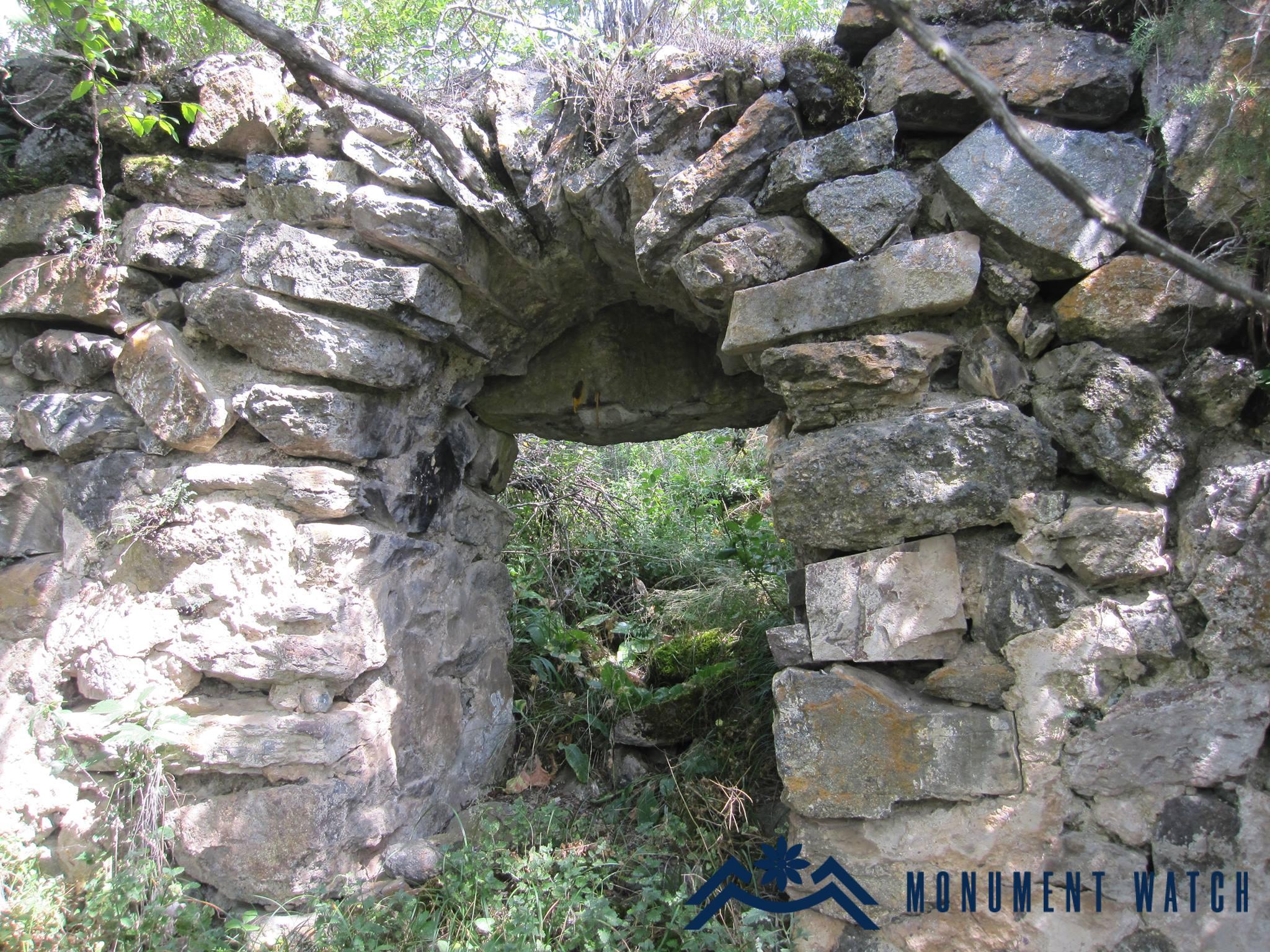
Fig. 2 The entrance of the first church, photo by G. Budaghyan.
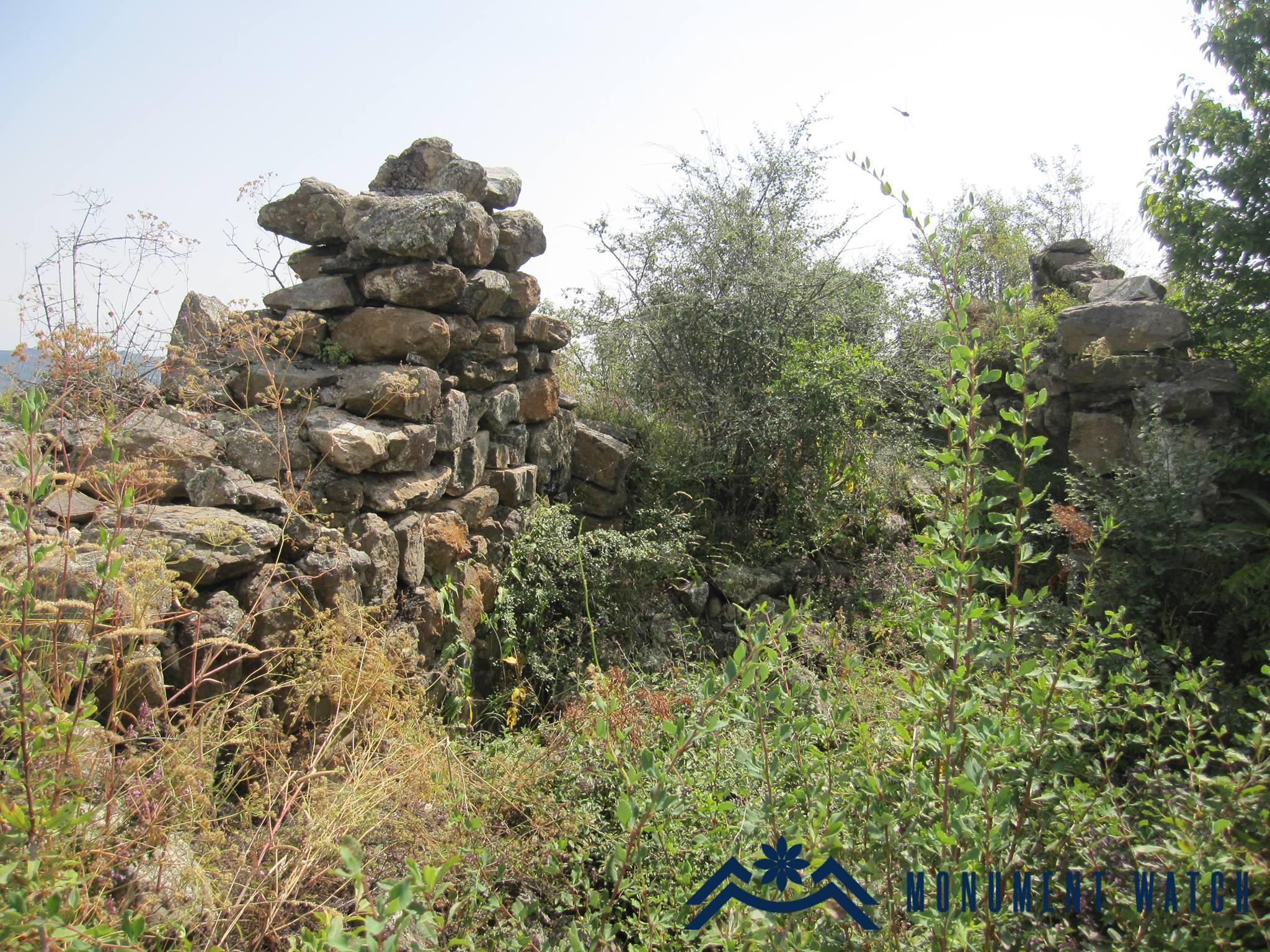
Fig. 4 The corridor between the churches, photo by G. Budaghyan.
The arches of the hall are also horseshoe-shaped (Мкртчян 1988, 87). The complex is built of untooled and rough large and small stones, lime mortar (Figs. 5-8). Like the Okhty Drni Monastery near Mokhrenes, here, after each row of large stones, the next row is made of small stones (Мкртчян 1988, 73, 87). The thickness of the walls is 140-200 cm. Shahen Mkrtchyan dates it to the 5th-6th centuries (Мкртчян 1988, 87). Given the obvious similarity of the construction technique with the church of Okhty Drni Monastery, it is probable to have preceded Okhty Drni Monastery.
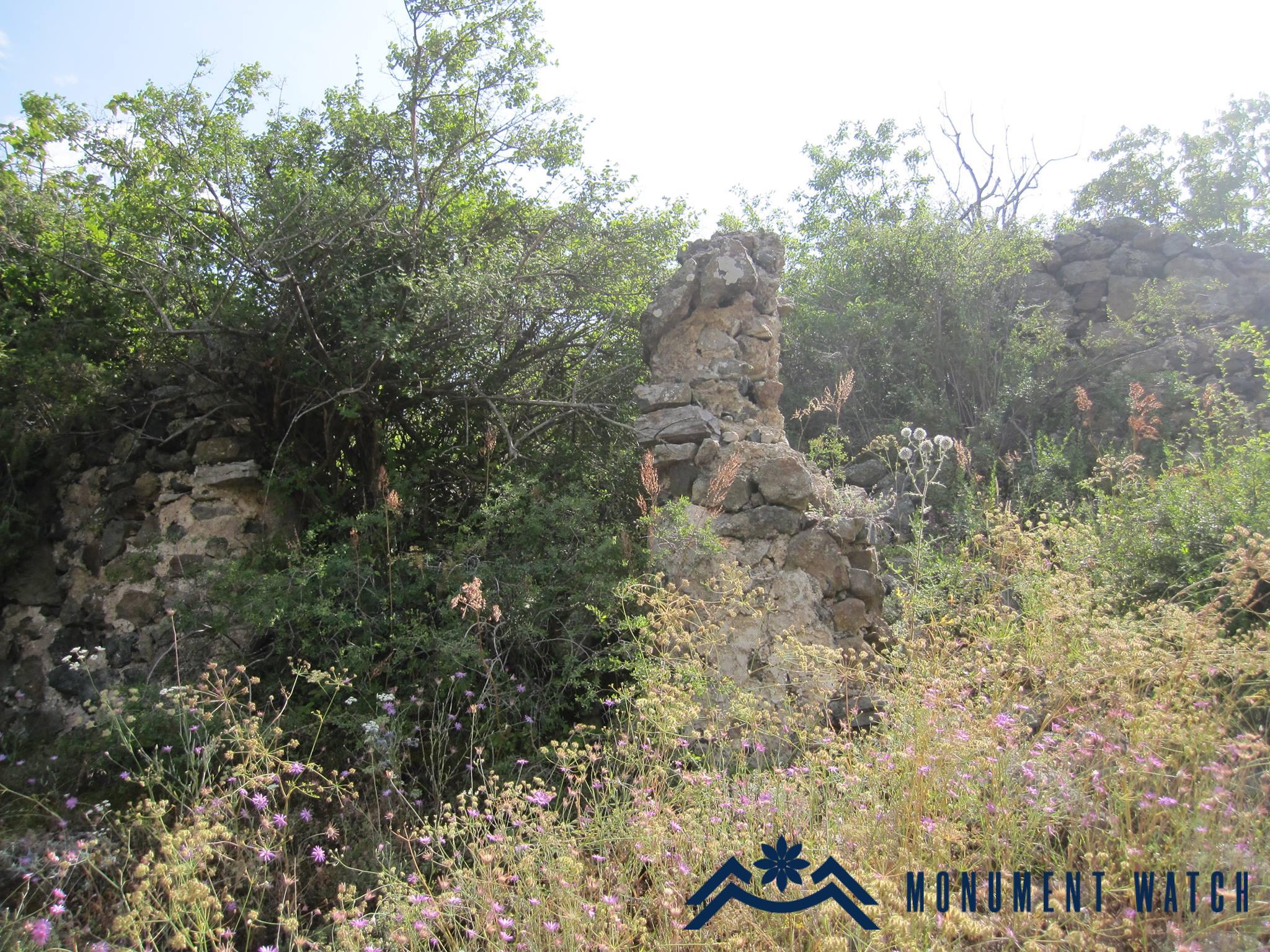
Fig. 5 The ruins of monastery buildings, photo by G. Budaghyan.
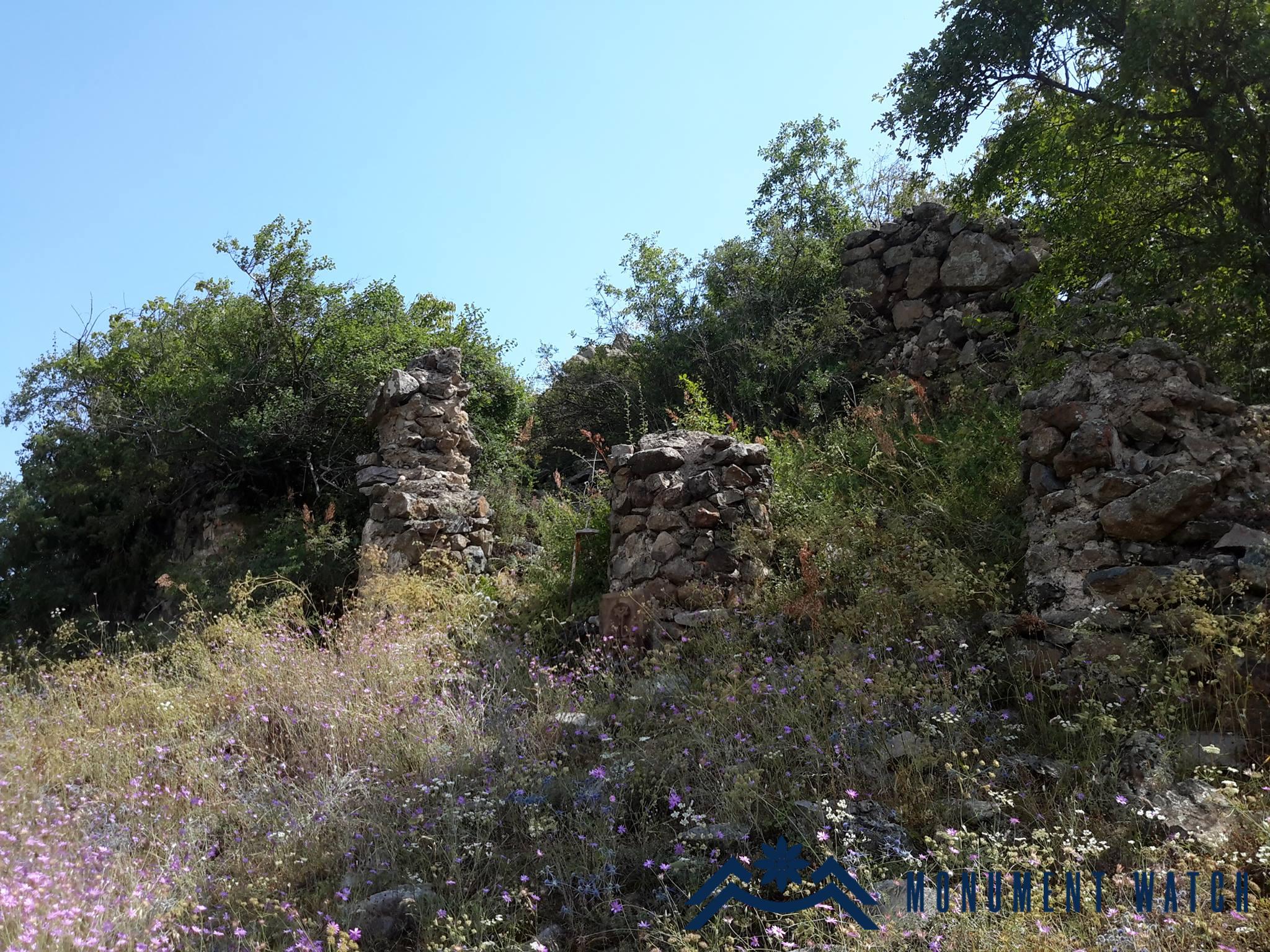
Fig. 6 The ruins of monastery buildings, photo by G. Budaghyan.
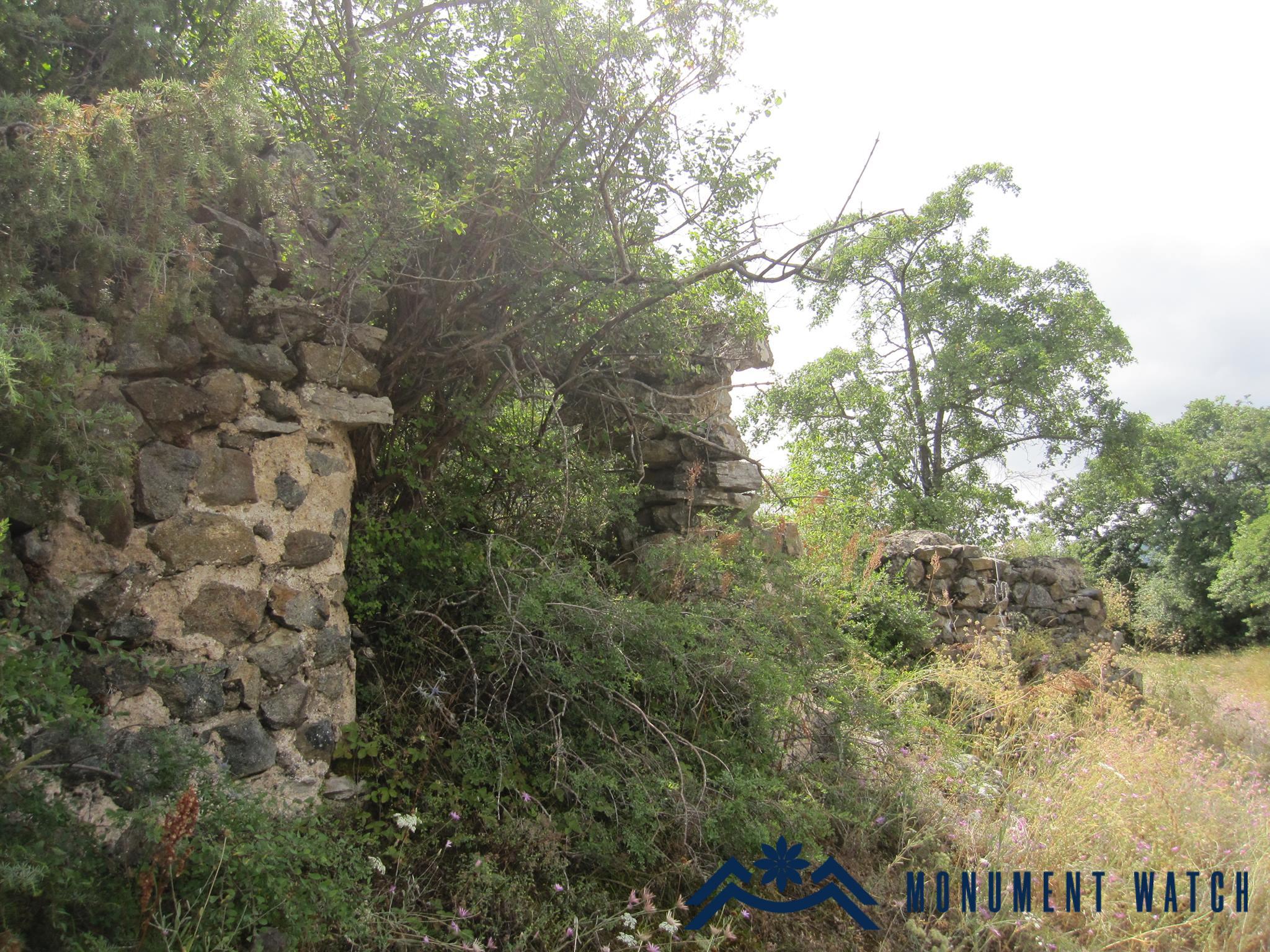
Fig. 7 The ruins of monastery buildings, photo by G. Budaghyan.
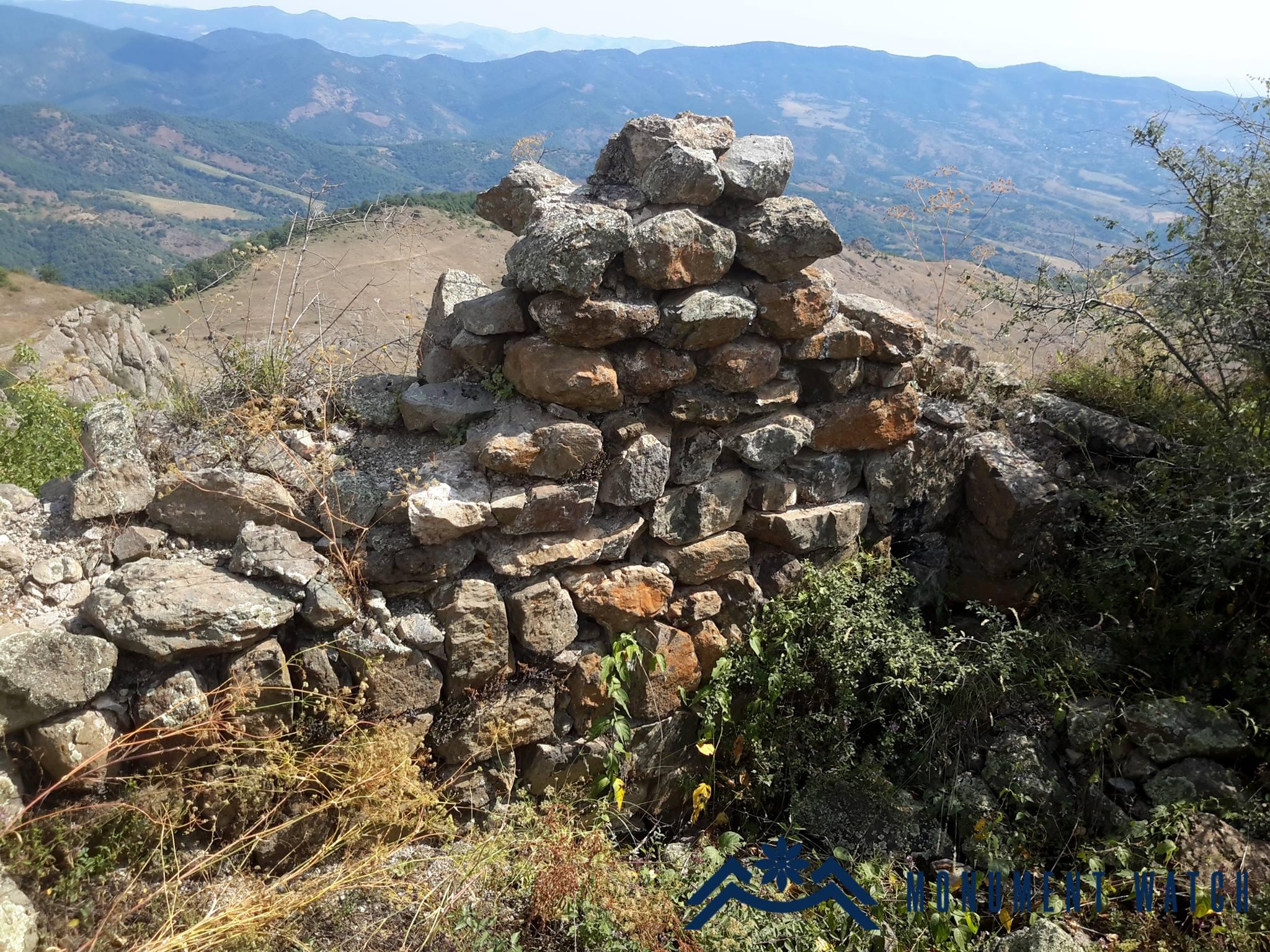
Fig. 8 The ruins of monastery buildings, photo by G. Budaghyan.
The condition before and after the war
The ruins of the monastery were not damaged during the Artsakh wars, now it is located in Hadrut region occupied by Azerbaijan and there is no information about its current condition.
Bibliography
- Mkrtchyan 1985 – Mkrtchyan Sh., Historical and architectural monuments of Nagorno Karabakh, Yerevan.
- Мкртчян 1988 – Мкртчян Ш., Историко-архитектурные памятники Нагорного Карабаха, Ереван.
Khuty Dre Vank (Monastery) of Tumi
Artsakh